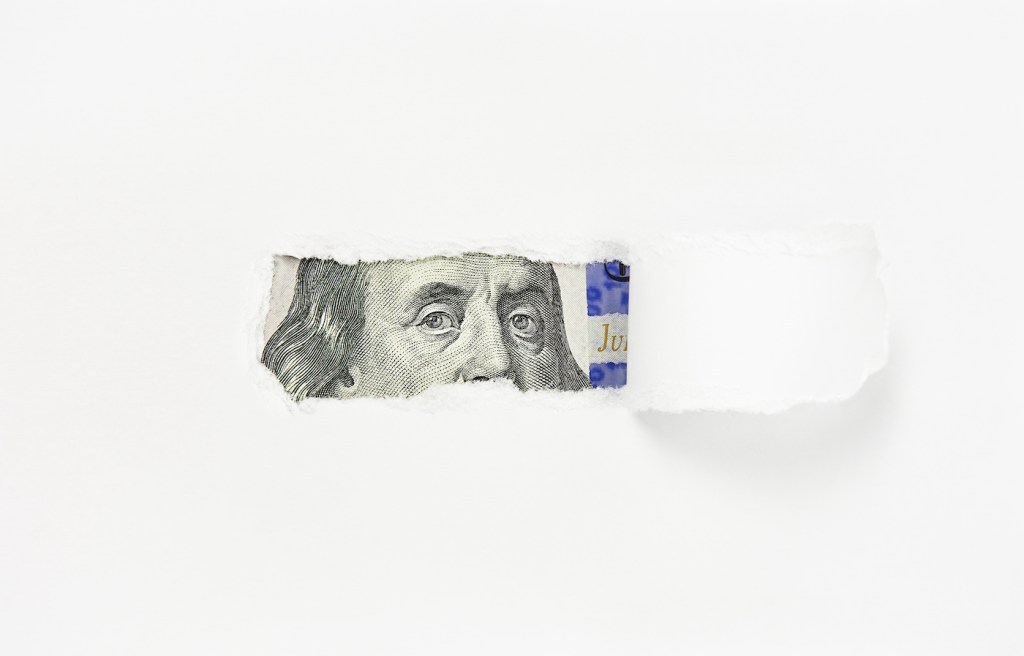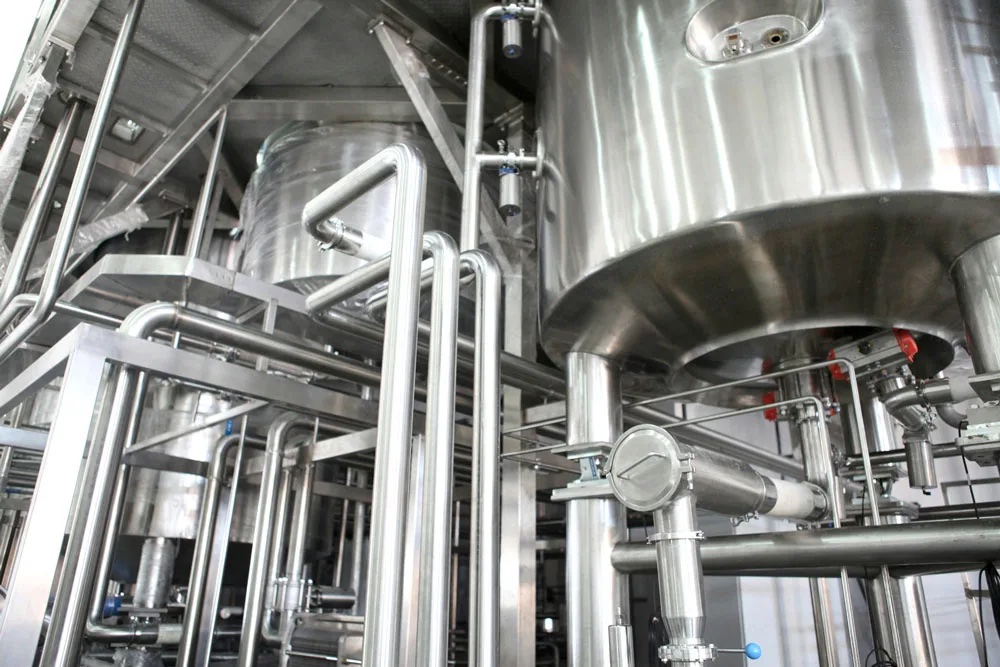Ardy Esmaeili
Would it surprise you to learn the government — federal and many states — is on your side when it comes to innovation? Yes, the very government that loves to collect taxes from you may be willing to give some of that money back through a particular credit that encourages innovation.
The Research and Development (R&D) tax credit lets businesses deduct R&D expenses up to $250,000 per year from payroll tax, or an unlimited amount against income tax if your startup qualifies. Over several years, this credit could save you millions of dollars.
It’s important to start the review process early not only to help avoid penalties, but to take advantage of all opportunities, and to know that not all opportunities can be leveraged at the same time.
Where to begin
It may seem obvious, but everything begins with great bookkeeping. Your records are the first and biggest step to successfully getting an accurate calculation. Additionally, it’s important to keep technical records in good order. You must be able to produce evidence of the technical R&D process. Even an investor presentation about progress on the product could be considered backup documentation for R&D.
One of the requirements to qualify for this tax credit is that activity needs to be “technological in nature.” So anything to do with engineering, physics, biochemistry, medical, hard sciences, computer sciences, or mathematics will almost guarantee you qualify. If you’re in one of these industries, you’re already meeting that minimum requirement. But if you’re not operating in one of these — say you’re in clothing or food — you might still be experimenting with technology that makes your business better.
Just because you have an available product and customers, doesn’t mean you’re automatically ruled out. Many companies are never finished with R&D. You might be always creating new solutions, answering new questions, or thinking about how to achieve something. Even improving your product that’s already on the market could contain work that’s eligible for the R&D credit.
Finally, the only people who are going to be eligible are U.S. employees and contractors. So consider that if you’re trying to decide between being international or based in the U.S.
What you need to know about the R&D tax credit
We know innovation is expensive and often goes nowhere, but it’s impossible to innovate without investing in R&D. So, the government offers a way to make it less expensive to take the risks involved with innovation, especially for startups.
Introduced in 1981, the credit (also called the Research and Experimentation (R&E) credit) allows companies to deduct expenses directly related to research and development. The reasoning is simple: The government wants to retain U.S. leadership in technological innovation because it’s a significant driver of long-term and sustainable growth.
The R&D credit was extended many times before being made permanent in 2015, as part of the Protecting Americans from Tax Hikes (PATH) Act. Perhaps most important to startups, PATH included enhancements like the offset opportunity for payroll tax. This offset allows companies to receive a benefit even if they aren’t yet profitable — this is often one of the biggest surprises for startups. You can still take advantage of the credit before turning a profit.
There are three main areas to consider:
- Identifying qualified research expenses (QRE)
- Reviewing internal use software criteria (IUS)
- Understanding activities that fall outside of QRE
Each startup has a unique situation to consider, but there are common activities and criteria to think about.
QRE opportunities may include:
- Employee wages
- Supplies used and consumed
- Third-party research expenses
- Basic research payments to educational institutions and scientific organizations
- Developing or engineering a new or improved product, process, formula, or software
- Evaluating the feasibility of a product, process, formula, or software
- Developing engineering architecture
- Developing experimental models and prototypes
- Testing an experimental product, process, formula, or software
- Creating a “minimum viable product”
- Beta testing
- Improving processes or the manufacturability of a product
- Technical design reviews
- Participating in technical meetings
- Documenting the results of research
- Maintaining research equipment
- Compiling research data
- Fabricating experimental models
- Experimenting with new technologies
- Creating more efficient and environmentally friendly designs
- CAD or 3D Modeling
- Directly supervising technical personnel engaged in R&D
IUS criteria dictate software must:
- Be innovative
- Delineate risk level
- Not be commercially available, adapted, or duplicated
Non-qualifying R&D activities that rule you out are:
- Related activities after commercial production begins
- Surveys, studies, or activities concerning management or marketing
- Routine data collection or ordinary testing
- Software (except for internal use also meeting criteria above)
- Research conducted outside of the U.S.
- Regulatory activities, including applications for patents, grants, licenses, or other regulatory registrations
- “Normal” course of business activities, meaning anything that is not developing a “new” or “improved” product or process. For example, implementing a new off-the-shelf software system
- Research adapting an existing product or process to a particular customer’s need
- Duplication of an existing product or process
- Research in social sciences, arts, or humanities
- Research funded by another person or governmental entity
Though the R&D credit was made permanent in 2015, changes to this tax incentive do occur over time. Adjustments could relate to the launch of new incentives, the definition of R&D itself, tax credit and allowance rates, threshold or upper ceiling numbers, and more. A recent Joint Committee on Taxation (JCT) report indicates the R&D tax credit is expected to reduce tax revenue by about $12.8 billion in 2021 and $14 billion in 2022.
In 2020, our clients received approximately $10 million in credits. While it’s challenging to provide a definitive path to how those R&D credits were generated, as business situation and context is unique to every company, it’s important to know there’s often a limited window of time for a claim.
For example, the clock on potentially claiming a payroll offset starts the year you first generate revenue. You would have five years of claiming at that point and be unable to amend a return to go back and claim a payroll refund.
Resources and next steps
The best thing to do is to engage an expert now. There’s a lot that goes into identifying potential tax savings, navigating federal and state regulations, organizing documentation to support credits, and coordinating with your payroll provider to ensure tax savings are processed efficiently. There’s much more to know about the R&D credit alone, and there are periodic changes to its application.
If you’re still not sure where to start, you can consider full-service firms and those that specialize in R&D. There are advantages to both. A full-service firm would be able to assist you from beginning to end, from bookkeeping to completing your tax return. If you already have internal resources or relationships in place, it may make sense to do a study with someone who specializes in R&D tax credit and find a firm to complete your return.
There are many common tax mistakes to avoid and opportunities to pursue. Completing taxes may seem a small task compared to the product development and people challenges you’re managing, but taxes are complex. There are potential severe consequences of seemingly small mistakes, and you may not be aware of a lot of benefits out there, like the R&D credit, for growing businesses.
Even if you’re aware of possibilities or certain that your business does qualify for different credits, you likely won’t be allowed to pursue them all. It’s important to fully review where the biggest savings are.
To recap, things you should do now include:
- Keep the books and records in detailed order.
- Connect your technical expert with accounting.
- Make sure you’re compliant with all of your industry’s regulations.
Remember, the main purpose of the R&D tax credit for startups is to reward an increased investment in innovation. If your startup is like most, there’s probably a way for you to apply this credit and make innovations you’re already pursuing more affordable. Why pass up the opportunity to save on developing your competitive advantage?































Comment